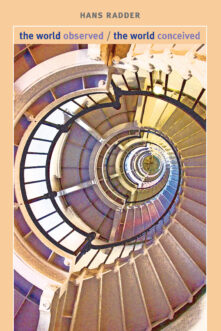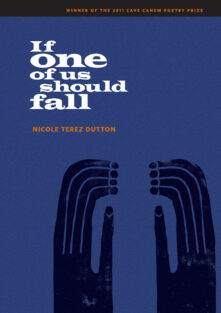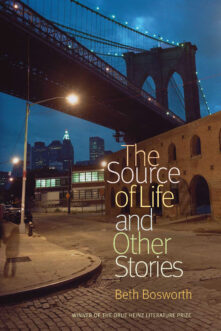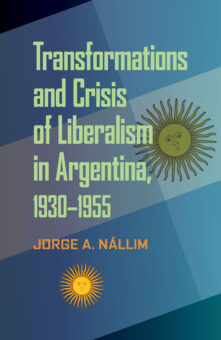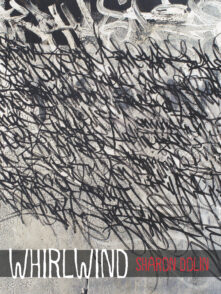Books
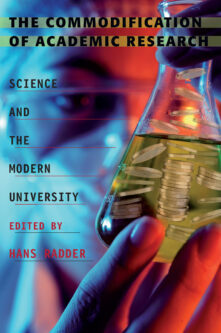
The Commodification of Academic Research
Science and the Modern University
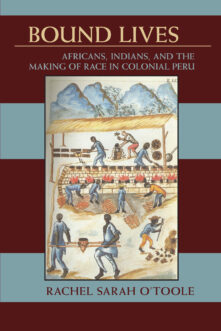
Bound Lives
Africans, Indians, and the Making of Race in Colonial Peru
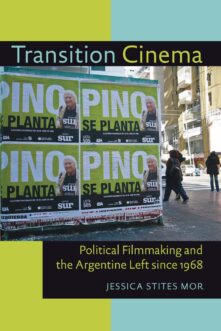
Transition Cinema
Political Filmmaking and the Argentine Left since 1968

A History of Organ Transplantation
Ancient Legends to Modern Practice
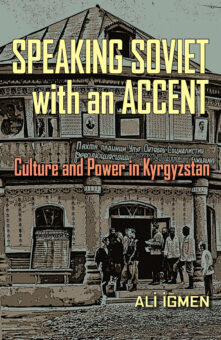
Speaking Soviet with an Accent
Culture and Power in Kyrgyzstan
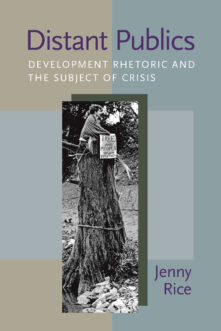
Distant Publics
Development Rhetoric and the Subject of Crisis
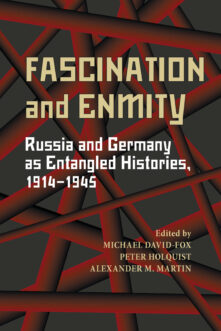
Fascination and Enmity
Russia and Germany as Entangled Histories, 1914–1945

The Workers’ State
Industrial Labor and the Making of Socialist Hungary, 1944–1958
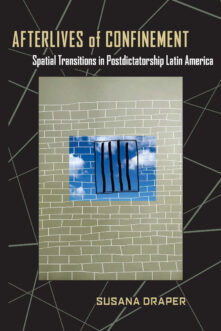
Afterlives of Confinement
Spatial Transitions in Postdictatorship Latin America
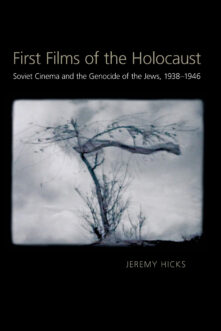
First Films of the Holocaust
Soviet Cinema and the Genocide of the Jews, 1938–1946
Total 1551 results found.


